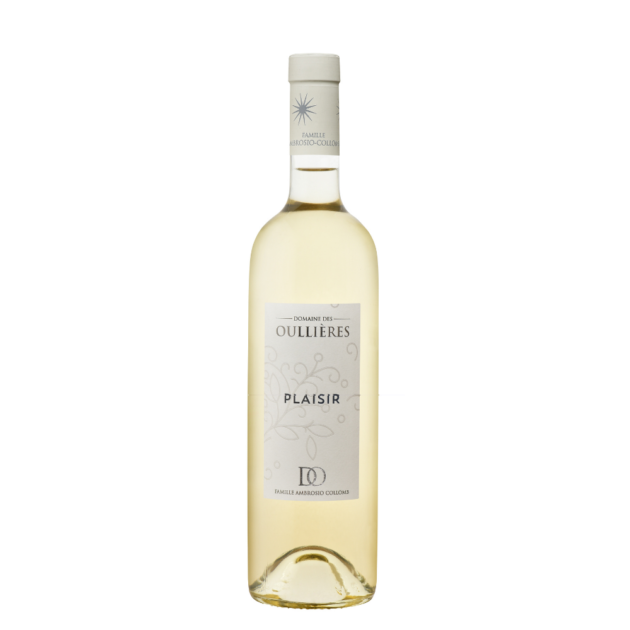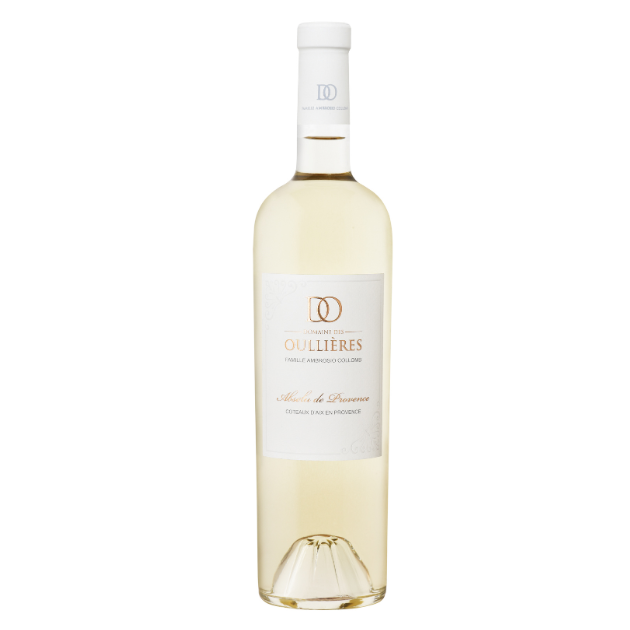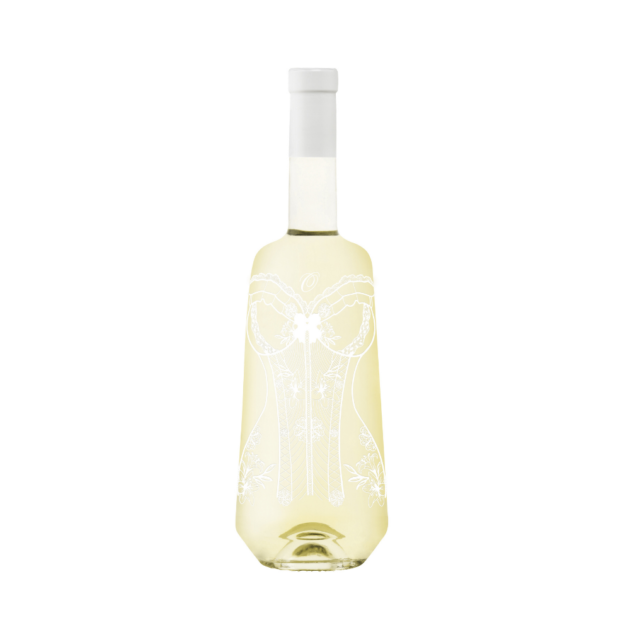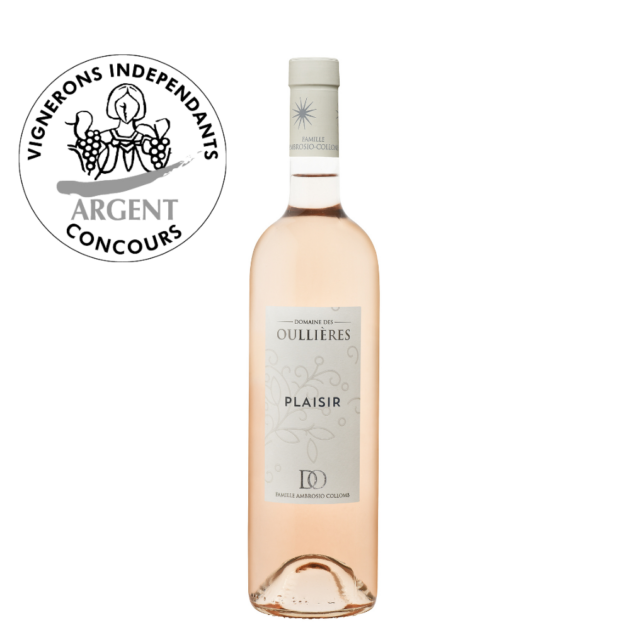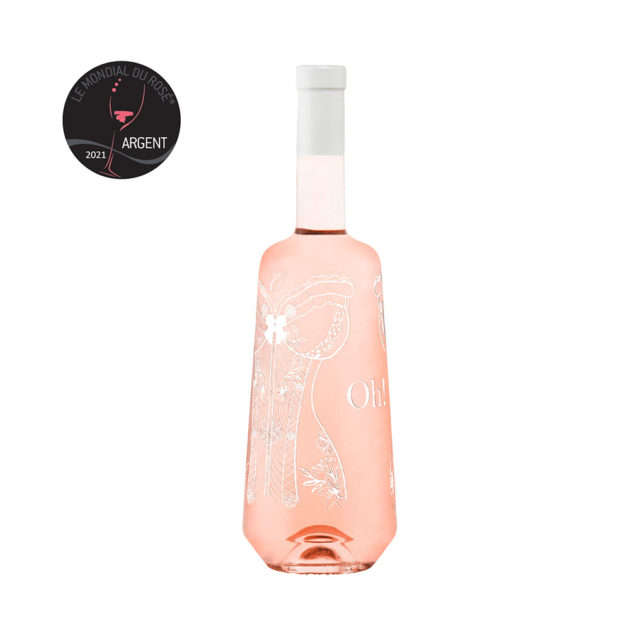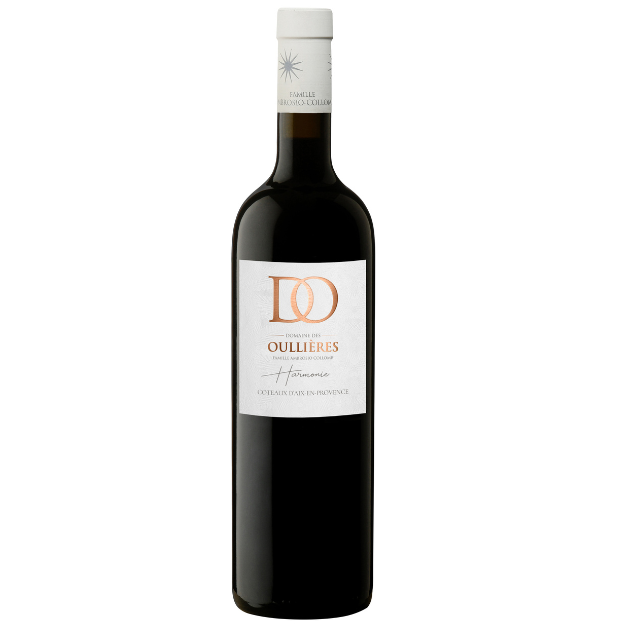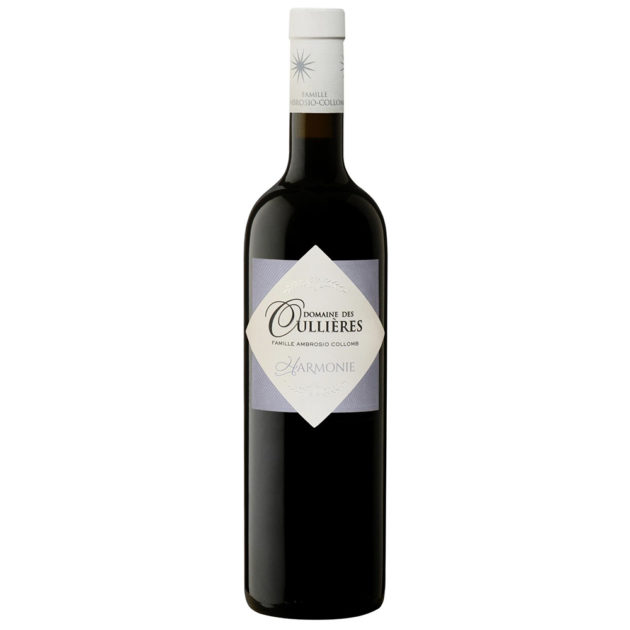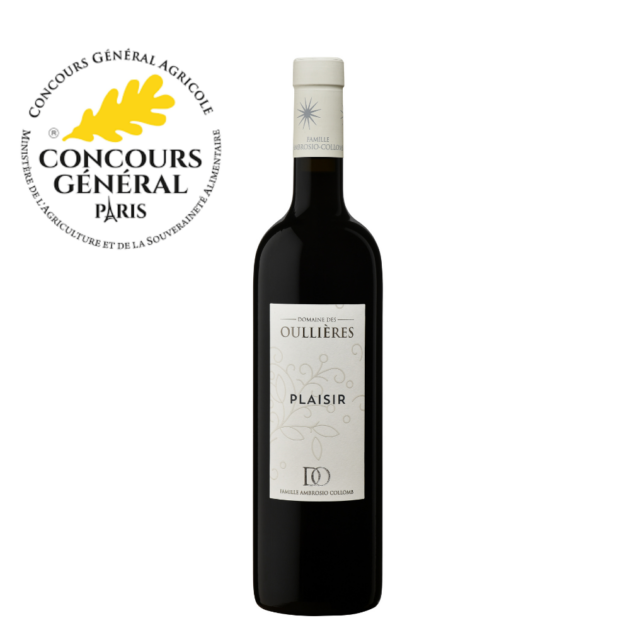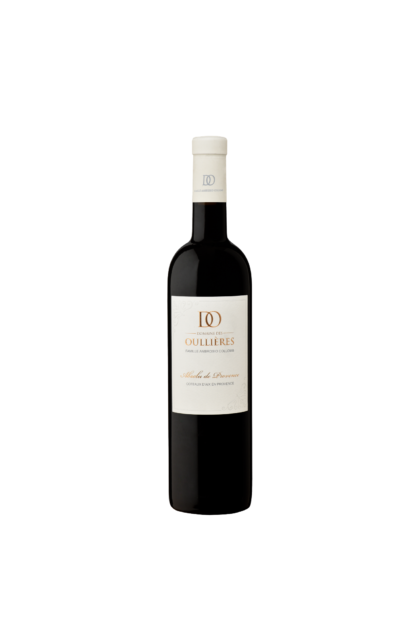Uprooting Old Vines: A Key Stage in a Vineyard’s Life
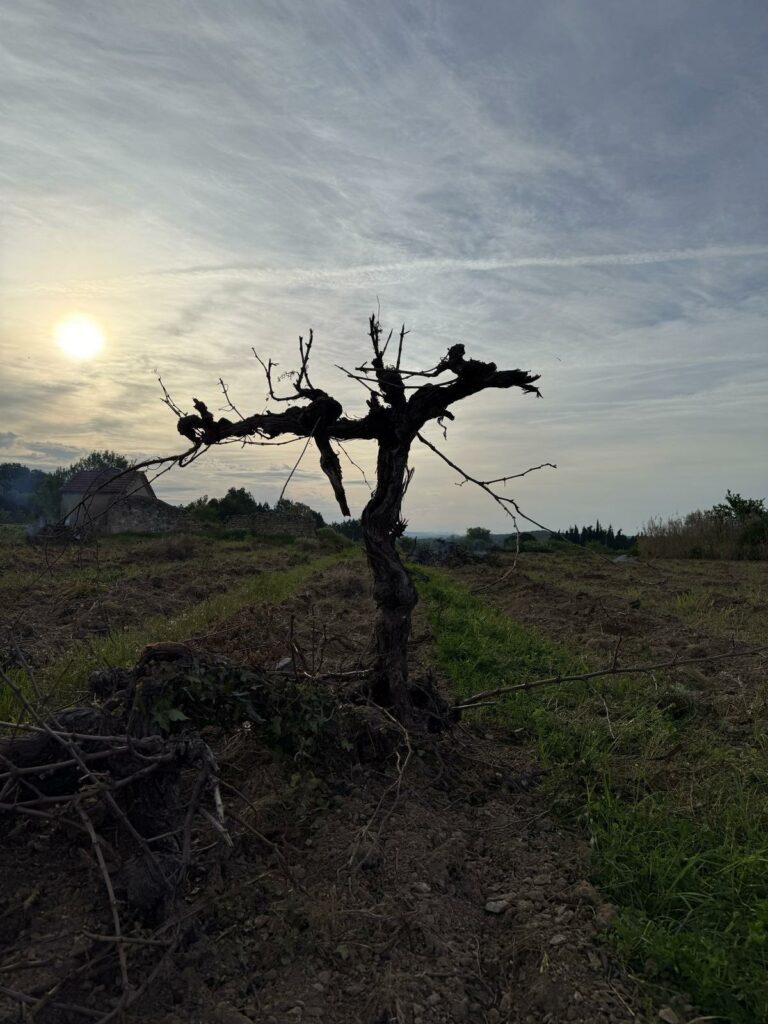
At Domaine des Oullières, every action and every decision is made with care and respect for the land. Nothing is left to chance. Among these important decisions, uprooting old vines holds a special place. It’s both a powerful, emotional moment and, above all, a key stage in a vineyard’s life.
Why is uprooting a key stage in a vineyard’s life?
Over time, vines grow old. They produce less, become more vulnerable to disease and sometimes struggle to keep pace with the seasons. So, it’s essential to listen to the vines, recognise the signs of fatigue, and allow the land to rest. This is an old tradition, passed down from generation to generation. Our elders often said: you don’t keep a vine just because it’s been there a long time. You honour what it’s given, and then let it retire with dignity.
Moreover, uprooting is a forward-looking act. It gives us the chance to plan for the future, adapt to changing climates and meet the evolving expectations of wine lovers. It’s truly a key stage in a vineyard’s life, because it opens up new opportunities for replanting and adjusting to tomorrow’s challenges.
How do you properly manage this key stage in a vineyard’s life?
At Domaine des Oullières, nothing is done carelessly. When a vine needs to be uprooted, we carry out the work with precision. There’s no question of disturbing the soil unnecessarily or rushing the job. We use the right equipment, limit how often we pass over the land and carefully remove the old roots.
Afterwards, we allow the soil to breathe. This break is essential. Sometimes for a year, sometimes longer — depending on the condition and memory of the land. This resting period lets the soil regenerate naturally, regain its balance and quietly prepare for the arrival of new vines.
A decision for the future
Uprooting an old vine isn’t about erasing the past. Quite the opposite — it’s about honouring what it once offered, while imagining how the land can continue to give, in a different way. It’s also an opportunity to reconsider the vineyard’s grape varieties, choosing hardier, better-adapted vines suited to both the terroir and today’s tastes.
In this way, every uprooting becomes a key stage in a vineyard’s life — a necessary passage for writing the next chapter of our story, always with respect, patience and passion.
